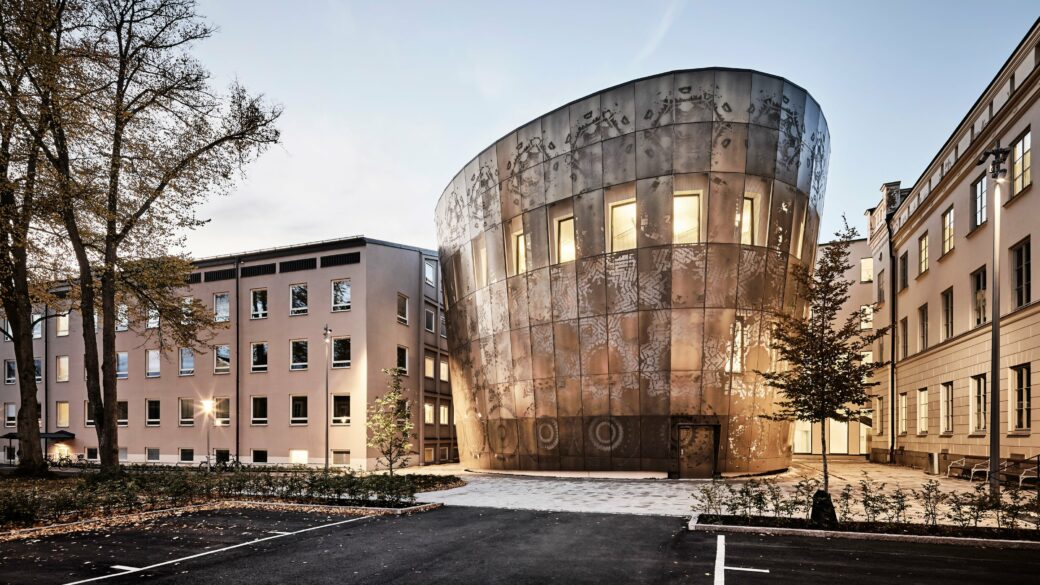Here you will find additional materials, such as reports and links, where you can read more about the research project or similar studies.

Project Specific Innovation: Computational Design Development in Architectural Commissions
Computational Design has many different definitions, but in general the computational design developer combines expertise in scripting and programming with design competence, and the ability to develop and apply digital code to resolve issues or enhance workflows in architectural design processes. This white paper presents challenges and opportunities for the application of computational design in projects, including 40 examples where this has led to innovation within the boundaries of the commission.
Project period
Computational Design is a heterogeneous field of digital development enhancing architectural design, which has emerged and expanded during the past 20 years or so. One can argue that it entails a designerly way to write code, or a more systematic way to design. For certain, computational design is a field that continues to advance, with applications in all stages and scales of the architectural design project providing the architect with the ability redesign and improve the design process. To add new capabilities and new ways of practice can be challenging, however.

This white paper on project specific innovation computational design addresses some of these challenges and presents a set of strategies in response to them. It also provides examples of how computational design has been used at White Arkitekter to enhance architectural commissions of all scales. The computational design development in these selected projects has been conducted by Dsearch, a team of computational design specialist engaged in project specific innovation as well as generic method development since 2010.